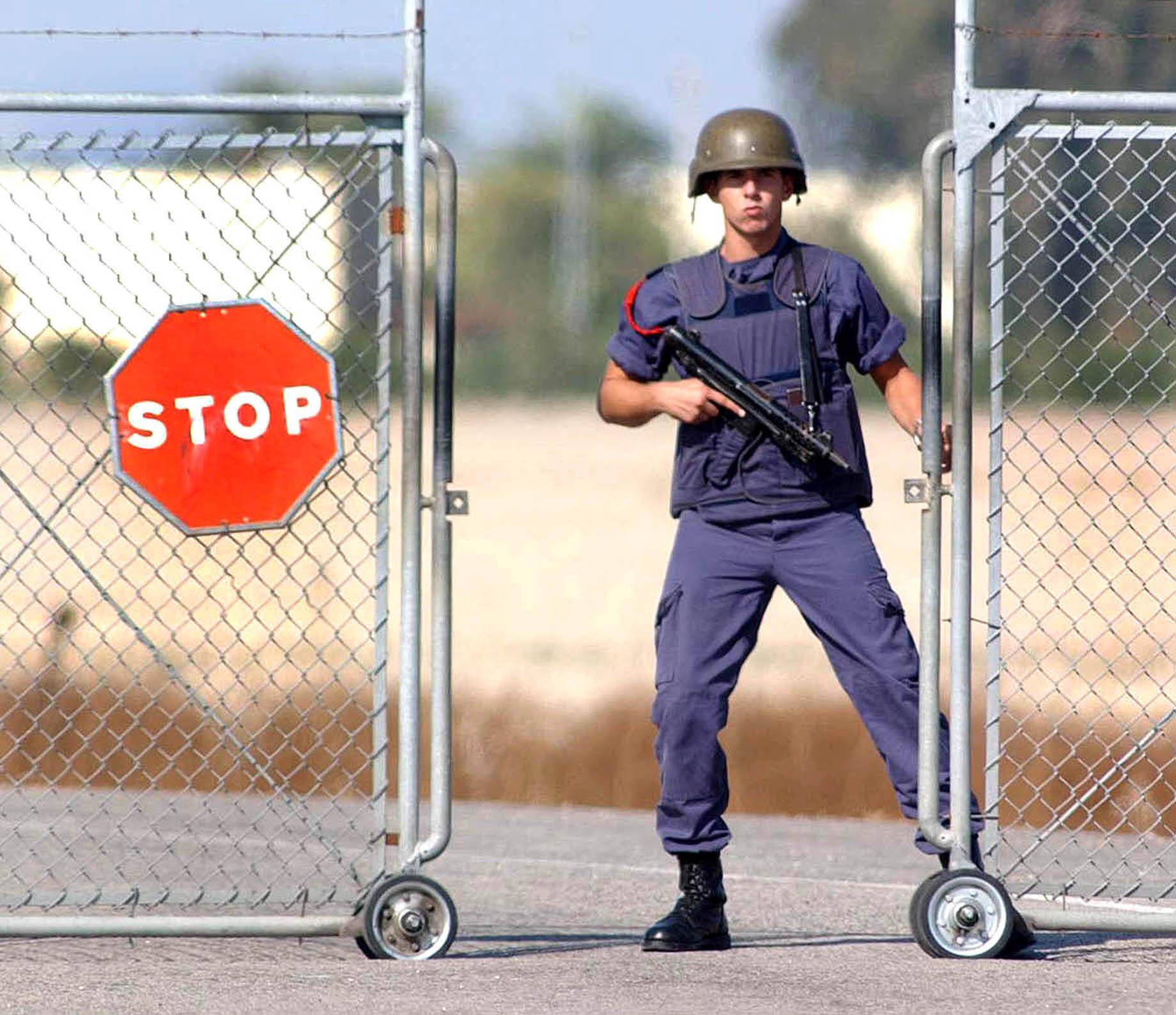Europe could become the gas station in an escalation of the war between Israel and Iran or in a scenario where the US enters on the side of Tel Aviv. Since Sunday, the United States has deployed to the Morón base in Seville, and possibly to Rota in Cádiz, in addition to other joint military facilities, mainly in the United Kingdom, Germany, Italy, and Estonia, with at least 33 tanker aircraft KC-135 and KC-46, designed to refuel other aircraft in flight and with the capacity to carry 90 and 96 tons of fuel, respectively.
This deployment is unprecedented since 35 years ago, when the United States prepared the military operation that would expel Iraq from Kuwait. In recent hours, Washington has also acknowledged sending invisible-to-radar F-35 aircraft to Europe.
The arrival of the tanker aircraft is particularly significant because these aircraft are necessary to carry out a long, systematic, and massive bombing campaign. In a way, it is like laying the foundation of a house. Whatever the case may be, it indicates that things are getting serious.
According to some sources, up to 23 tanker aircraft arrived at Morón and possibly Rota, although the number is unclear. The current cooperation agreement between the US and Spain allows for the permanent use of ten such aircraft, which can be temporarily increased to 24 in times of crisis. The same document states that Spain "will be informed [by the United States] of significant changes [in the level of force] that are going to happen."
Spain, along with Italy, Germany, and the United Kingdom, is the only country in Europe where the US permanently maintains these aircraft. The KC-135s from Morón were responsible for refueling French bombers that attacked Islamists in Mali for nine and a half years, from 2013 to 2022.
Initially, the Donald Trump administration did not provide any information about the tanker aircraft flights. However, there was also no effort to conceal their presence on publicly accessible websites where aviation enthusiasts track flights worldwide, including celebrities like Elon Musk, who post their private jet flights on social media. Military aircraft often alter their transponder data - the devices that indicate their location - to obscure their movements from these websites.
The fact that the flights of the aircraft were quasi-public - only the AirNav Systems website detected 31 KC-46 and KC-135 crossing the Atlantic - seemed like a clear message to the Islamic Republic of Iran. It could indicate that the US was willing to directly intervene in the bombing of Iran if Tehran did not comply with the demands of Washington and Tel Aviv, which essentially require an unconditional surrender involving renouncing its nuclear program and missile system in exchange for halting the bombings.
Another possibility could be that US aircraft refuel Israeli aircraft while they carry out their attack missions on Iran. One of the weaknesses in all of Israel's plans to attack Iran is the lack of tanker aircraft. Israel has barely 14 of these aircraft, of which only 7 are jet-powered. This theoretically severely limits a bombing campaign like the one currently underway.
Israel has spent a decade modifying its F-15, F-16, and F-35 aircraft to increase their flight range. However, the first two - especially the F-16, which is the backbone of its Air Force - still require tanker aircraft. Additionally, increasing the aircraft's fuel capacity comes at the expense of their payload, meaning that with more range, the aircraft carry fewer bombs and missiles. Finally, a fleet of only 14 tanker aircraft is under tremendous pressure given the scale of the bombings, which involved 200 fighter-bombers in the first wave alone, as stated by Israeli Prime Minister Benjamin Netanyahu.
Speculations from air traffic websites
The arrival of the KC-135 and KC-46 sparked speculation among aviation enthusiasts. On Monday night, Reuters news agency reported, citing anonymous sources from the US Department of Defense, that the aircraft had been sent to Europe "to provide options to President Donald Trump" in the war between Israel and Iran.
Shortly after, Defense Secretary Pete Hegseth stated in a message on the social media platform X (formerly Twitter) that he had ordered to "strengthen our defensive position in the region," ostensibly to protect US soldiers, one of whose bases in Syria was attacked by pro-Iranian militias on Friday when Israel's bombing began, with no casualties reported.
Meanwhile, websites tracking air traffic began detecting movements of F-35 aircraft from Europe towards the Middle East on Tuesday, possibly heading towards Saudi Arabia. In the Arabian Sea, the nuclear-powered aircraft carrierCarl Vinson is currently stationed, the only US ship of its kind on a mission with F-35 aircraft. Its counterpart, the Nimitz, equipped with F/A-18s, crossed the Strait of Malacca on Tuesday, heading towards the shores of the Middle East.
Unverified reports also suggested the detection of F-35 and F-22 fighters en route from the Atlantic to Europe. These movements are significant because these two aircraft are radar-invisible, meaning they can disappear from tracking websites if necessary. Another possibility is that the Pentagon may order these pages to remove them. The fact that this - at least apparently - is not happening suggests that Washington wants Iran to know that these aircraft are en route to its airspace.
All these reports only refer to Europe and the Mediterranean, the western part of the conflict. In the southern flank - the Indian Ocean - there is total silence. The US maintains a massive base for bombings in the British territory of Diego Garcia in the middle of that ocean, capable of easily reaching Iran, where it had six B-2 stealth bombers until April.
Currently, according to satellite images from Maxar, the US only has four B-52s in Diego Garcia, which are less capable than the B-2s. However, Maxar has contracts with the US Department of Defense and confidentiality agreements with them.
